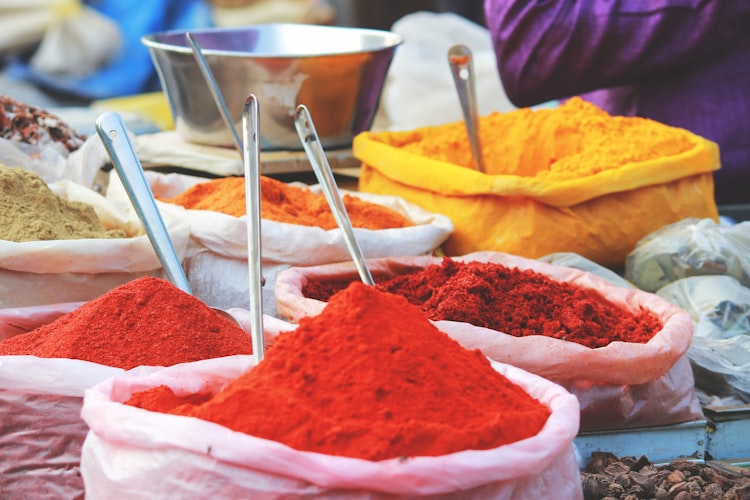
Nobel Prize for Diseases of Poor People
Over the last few days, an obnoxious battle was taking place in US social media, where many scientists came to believe that Nobel prize in medicine would go to either the human genome sequencing project or CRISPR/cas9 and were fighting about who should be among the victorious three. After all, what other important contribution had been made by any other member of humanity?
They would be shocked to find out that the discoveries of real cures won this year’s award. The first of the cures was known as Mao’s secret malaria drug and was discovered at the height of Vietnam war. It was derived from Chinese ancient herbal medicine.
In 1967, a plant screening research program, under the name Project 523, was set up by the Chinese army to find an adequate treatment for malaria; the program and early clinical work were ordered of Chairman Mao Zedong at the request of North Vietnamese leaders to provide assistance for their malaria- ridden army.[8] In the course of this research, Tu Youyou discovered artemisinin in the leaves of Artemisia annua (annual wormwood; 1972).[9] The drug is named Qinghaosu in Chinese.[9] It was one of many candidates tested as possible treatments for malaria by Chinese scientists, from a list of nearly 5000 traditional Chinese medicines.[citation needed] Tu Youyou also discovered that a low-temperature extraction process could be used to isolate an effective antimalarial substance from the plant; Tu says she was influenced by a traditional Chinese herbal medicine source “The Handbook of Prescriptions for Emergency Treatments” written in 340 BC by Ge Hong saying that this herb should be steeped in cold water.[10]This book contained the useful reference to the herb: “A handful of qinghao immersed with two litres of water, wring out the juice and drink it all.” Tu’s team subsequently isolated a useful extract.[9] The extracted substance, once subject to purification, proved to be useful starting point to obtain purified artemisinin.[9]
One interesting aspect of the above discovery is that nobody knew who made it, until a few years ago.
Until recently, though, the drugs origins were a mystery.
I was at a meeting in Shanghai in 2005 with all of the Chinese malariologists and I asked who discovered artemisinin, says Louis Miller, a malaria researcher at the US National Institutes of Health in Rockville, Maryland. I was shocked that no one knew.
Miller and his NIH colleage Xinzhuan Su began digging into the drugs history. After reviewing letters, researchers original notebooks and transcripts from once-secret meetings, they concluded the major credit should go to pharmacologist Tu Youyou.
From Tu Youyou: Conqueror of Malaria -
Her findings were published anonymously, and it was not until 2005, when a visiting researcher asked who had actually discovered artemisinin, that her name came to light and even that required no small amount of research on the part of the medical community. A 2007 interview showed her living in poor conditions, working out of an old apartment building with intermittent heating problems. She only owned two electronic appliances: a telephone and a refrigerator (which she used to store herb samples).
The other half of the prize went to equally worthy work of William C. Campbell and Satoshi Omura for discovering Avermectin.
William C. Campbell and Satoshi Omura won for developing a new drug, Avermectin, which has radically lowered the incidence of river blindness and lymphatic filariasis, or elephantiasis.
Parasitic worms, which cause river blindness and lymphatic filariasis, among other diseases, afflict a third of the worlds population, particularly in sub- Saharan Africa, South Asia and Latin America.
……
Dr. Omura, a microbiologist, focused on a group of bacteria, Streptomyces, that live in the soil and produce antibacterial agents. Dr. Omura isolated new strains of Streptomyces from soil samples and cultured them in the laboratory. From thousands of cultures, he selected about 50 of the most promising ones. One later turned out to be Streptomyces avermitilis, the source of Avermectin.
Dr. Campbell, an expert in parasite biology, showed that a component from one of Dr. Omuras Streptomyces cultures was remarkably efficient against parasites in domestic and farm animals. This bioactive agent was purified and named Avermectin, which was subsequently chemically modified to a more effective compound called Ivermectin, that effectively killed parasitic larvae in humans. Collectively, Omura and Campbells contributions led to the discovery of a new class of drugs with extraordinary efficacy against parasitic diseases, the committee said.